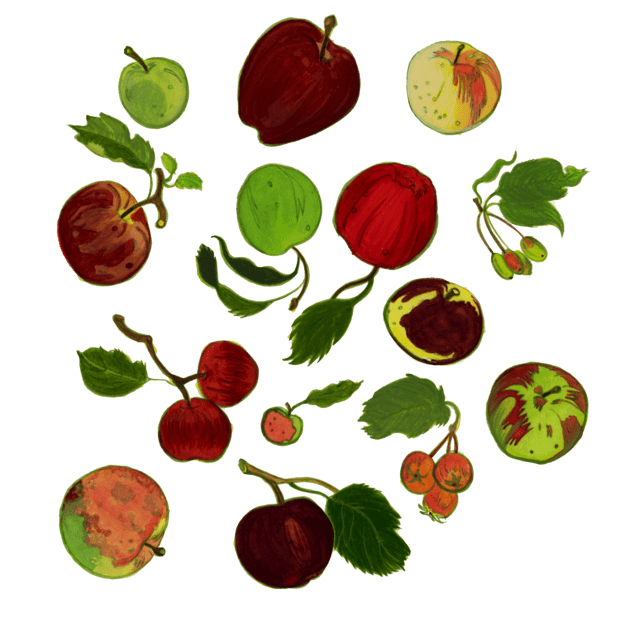Bok Choy Kimchi

Bok Choy Kimchi
Description
This quick and versatile kimchi uses bok choy, garlic, and ginger. The fiber-rich ingredients, paired with ginger’s anti-inflammatory properties, make this a flavorful addition to meals. This recipe is not at all traditional but it's fast, easy, and makes a flavorful addition to any meal or snack. Eating living pickles like this supports your gut, immune system, and more.
NOTE
Use a washed, dried 1/2-gallon wide-mouth canning jar with lid and fermentation weight.
Ingredients
2 pints (700 g) MAKES
- 1/4 cup (35g) thinly sliced garlic
- 2½ Tbsp (20 g) thinly sliced scallion whites (green tops reserved)
- 5½ cups (390 g) chopped (in 1-in pieces) bok choy (from 1 large or 2 small)
- 1/2 cup (20 g) 1-in pieces of scallion greens, reserved from above
- 1/4 cup (35 g) thinly sliced apple (any variety, peeled and cored)
- 1/2 cup (55 g) grated carrots (1 large carrot; use the largest holes of a box grater)
- 1/4 cup (37 g) Korean chile flakes (gochugaru) or to taste; this recipe will produce a medium-hot kimchi
- 1 Tbsp plus 1 tsp (11 g) salt
- 2 Tbsp (30 ml) water
Directions
-
Step 1
Make the kimchi seasoning paste: Combine the garlic and scallion whites in a food processor or blender and blend until smooth. -
Step 2
Put the bok choy, scallion greens, apple, carrots, chile flakes, and salt in a very large bowl and add the seasoning paste. With gloved hands, squish everything together in your fists to thoroughly combine and slightly bruise the vegetables, for 2 to 3 minutes. The salt will pull out some water from the vegetables and create a brine for the kimchi. As you squish and smash, you should see some liquid accumulate at the bottom of the bowl. This is a good thing! -
Step 3
Add the kimchi and any liquid from the bowl to the clean mason jar and push it down firmly so there aren't any air pockets. Place the weight on top to keep the kimchi weighed down. Put the lid on top and screw the ring on lightly — do not over-tighten it! Gas needs to escape. The vegetables should stay submerged during fermentation. -
Step 4
Keep the jar in a cool spot out of the sun for 2 or 3 days for a lightly sour kimchi, or 5 to 7 days for a more potent and sour kimchi. Unscrew the lid and open it slightly to "burp" the jar daily. If the vegetables rise above the brine, gently push them back down so they're submerged again. Once the kimchi is as sour as you like, move the jar to the fridge. It will keep for 2 to 3 months.







